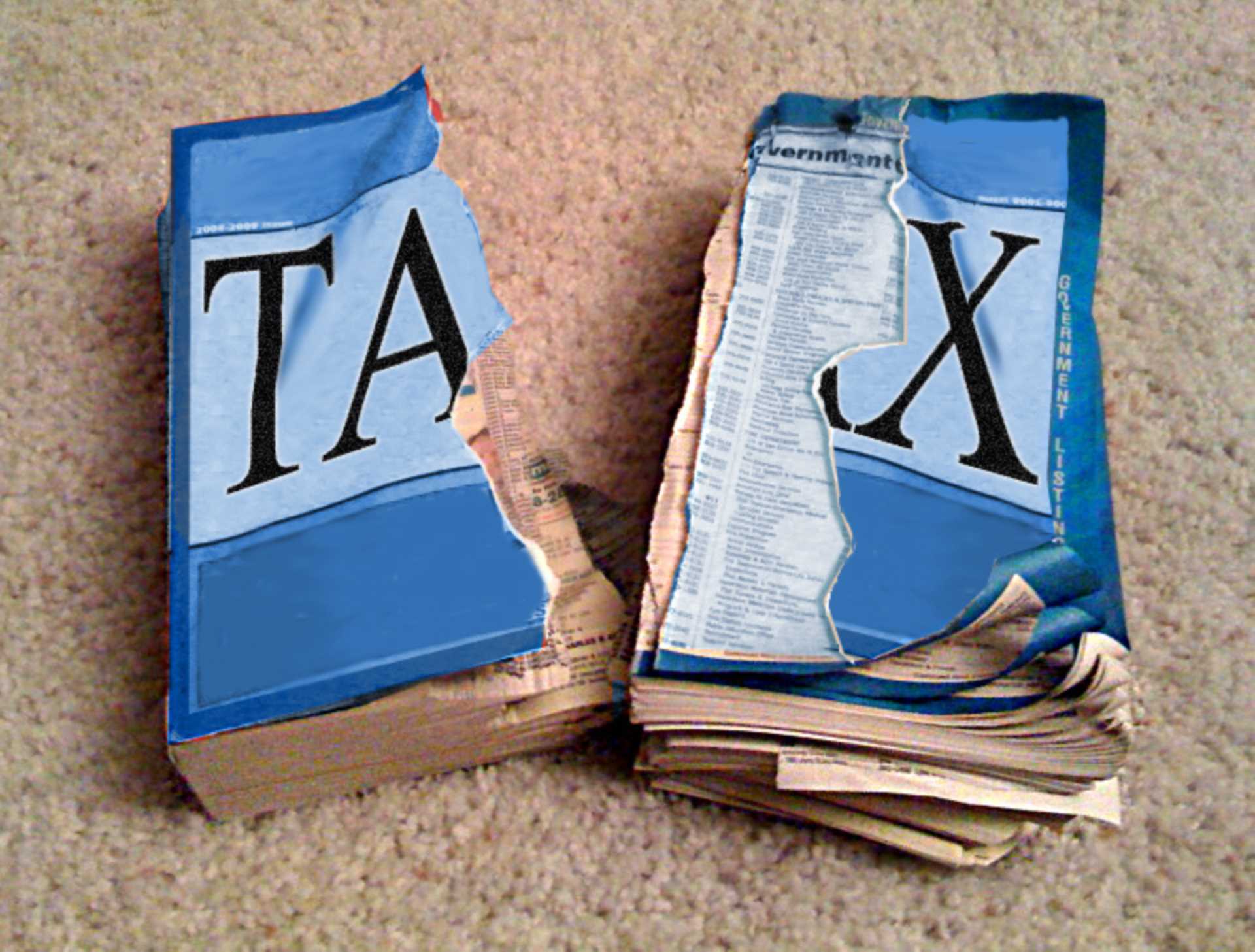
Date Published 08 February 2017
WHY AVOIDING STAMP DUTY IS A BAD IDEA
The 3% increase in Stamp Duty that came into force in April last year for investment properties and second homes has predictably brought a new wave of tax avoidance schemes.
Several companies are claiming to be able to use loopholes in the law, backed up by high-profile legal advice, to legally mitigate stamp duty owed when buying a property.
But HMRC has warned such schemes generally do not work and are classed as tax avoidance. It has been widely reported that individuals found to be using them may be forced pay the full stamp duty liability, interest on late payment, penalties and of course the fees paid to the promoter of the scheme.
The Government has made several recent changes to close popular stamp duty loopholes including:
• The Annual Tax on Enveloped Dwellings (ATED) on properties worth £500,000 or more. This directly challenges the ‘Company and Dividend Scheme'. It starts at £3,500 p.a., rising to £218,200 p.a. for properties worth more than £20,000,000. Also, the property will attract CGT when it is ‘unwrapped' from the Company.
• With ‘Husband & Wife Schemes', HMRC has now altered its view and even if the husband buys just 85% of the property, it will be treated as 100% in terms of Tax. New rules will be bought in to ensure he files a tax return that will flag up what he and his wife are doing.
Overview
• Stamp Duty Avoidance Schemes have been shown to be unreliable and are becoming less likely to succeed.
• The consequences can be significant with the full amount of tax due being paid plus penalties and interest.
• HMRC has 6 years in which to challenge a tax return and if they do, they can examine all of your tax affairs.
• Should you be found to be evading tax, HMRC have stated that you will be subjected to an enhanced level of scrutiny for up to five years.